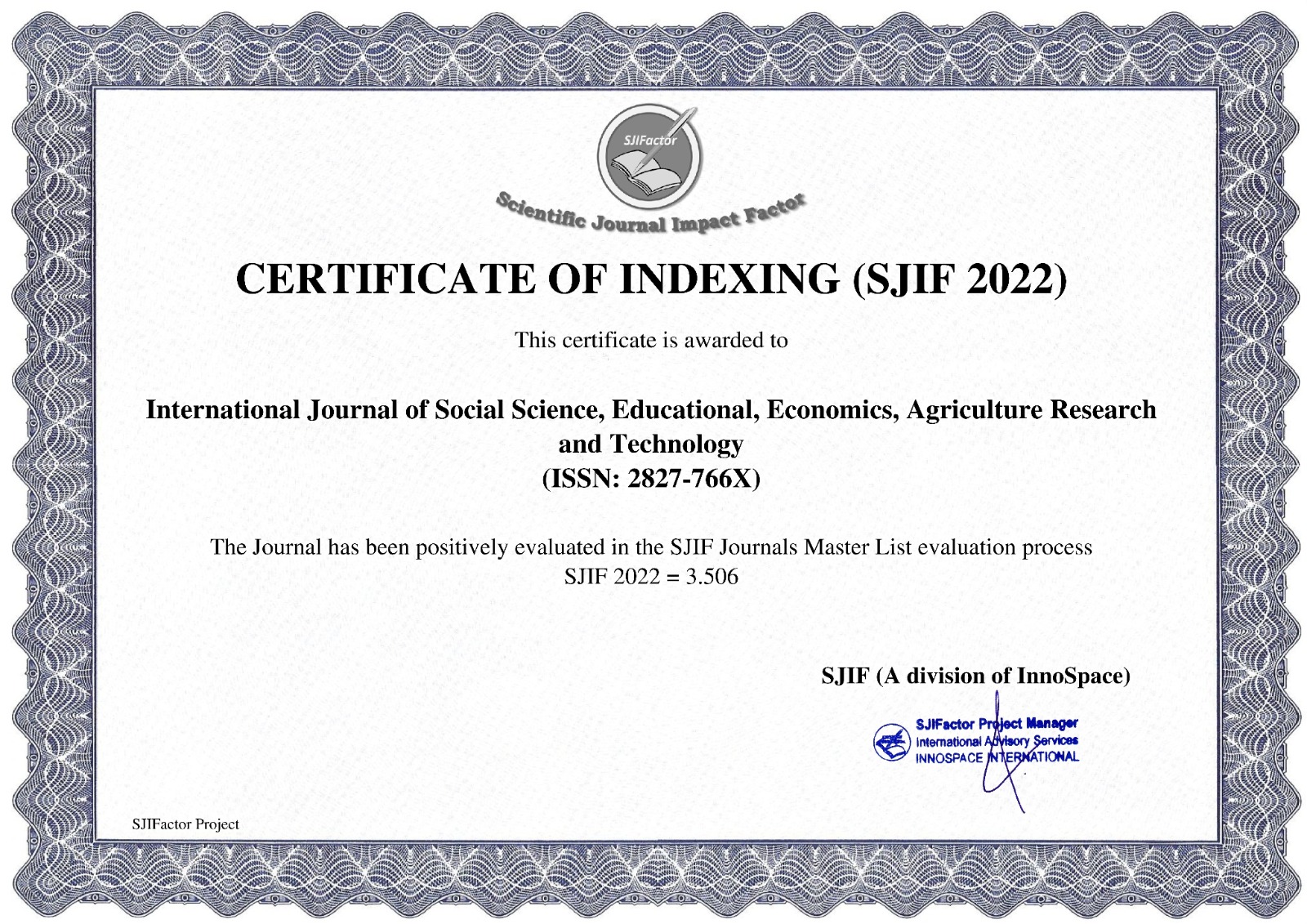HUMAYUN’S EXILE: A STUDY OF REFUGEE POLITICS IN EARLY MODERN EMPIRES
Main Article Content
Khalid Bashir
Ishfaq Ahmad Mir
Humayun, the second emperor of the Mughal dynasty, seems a rich case study on the politics of exile and survival strategies in early modern empires. His role as a refugee king throws much light on the intricacies of power play, diplomatic maneuvers, and changing loyalties in the South and Central Asian political scenario of the 16th century. In the backdrop of early modern refugee politics, to which the exile of Humayun belongs, an explication from a multiple perspective into its broader context will be done on the basis of how displaced rulers sought refuge, negotiated power, and redefined their political strategies to regain lost thrones in the following chapters. A sensitive equation of politics and ambition among early modern rulers is illuminated through Humayun's flight to Persia after he lost his kingdom to Sher Shah Suri. Critical support he was able to receive from the Safavid ruler Shah Tahmasp proved crucial for the reviving of his empire as well as vindicating the element of inter-imperial alliances in ensuring the survival of displaced monarchs. The exile of Humayun also speaks of the impermanence of imperial frontiers and religious identity in shaping political ties, as his relations with the Shi'a Safavid approximately correspond to his Sunni heritage. This paper further explores the human cost of Humayun's exile by examining how it developed his political theory, military tactics, and led to Mughal restoration of power. Situating Humayun's exile in the broad framework of early modern refugee politics, this paper uncovers the negotiations of power through exile, in which refuge indeed became a political currency, and the displaced ruler navigated webs of loyalty and intrigue in an attempt to regain authority. In the end, the story of Humayun underscores the strength of such worked-out migrant patients and the intricately knitted political webs they played their game through in the attempt to regain power in early empires.
Alam, M. (1986). The crisis of empire in Mughal North India: Awadh and the Punjab, 1707-1748. Oxford University Press.
Dale, S. (2004). The garden of the eight paradises: Babur and the culture of empire in Central Asia, Afghanistan and India (1483-1530). Brill.
Dale, S. F. (2012). The Muslim empires of the Ottomans, Safavids, and Mughals. Cambridge University Press.
Eaton, R. M. (1996). The rise of Islam and the Bengal frontier, 1204-1760. University of California Press.
Eaton, R. M. (1996). The social history of the Deccan, 1300-1761: Eight Indian lives. Cambridge University Press.
Eraly, A. (2000). The Mughal throne: The saga of India’s great emperors. Phoenix.
Eraly, A. (2000). The Mughal throne: The saga of India's great emperors. Penguin Books.
Gommans, J. J. L. (2002). Mughal warfare: Indian frontiers and highroads to empire, 1500-1700. Routledge.
Lal, R. (2005). Domesticity and power in the early Mughal world. Cambridge University Press.
Mukhia, H. (2004). The Mughal state, 1526-1750: A historical perspective. In The Mughal empire: A short history. Oxford University Press.
Richards, J. F. (1993). The Mughal empire. Cambridge University Press.
Sarkar, J. (1935). Fall of the Mughal empire. M.C. Sarkar & Sons.
Sarkar, J. (1935). Mughal administration. Calcutta University Press.
Singh, K. (1964). A history of the Sikhs. Princeton University Press.
Tinker, H. (1977). A new imperial history: Culture, identity, and modernity in Britain and India. St. Martin's Press.
Verma, R. (2017). Mughal military strategies and tribal rebellions: An analytical overview. Historical Journal of Indian Studies, 5(2), 80-98.
Wink, A. (2002). Al-Hind: The making of the Indo-Islamic world. Brill.






















